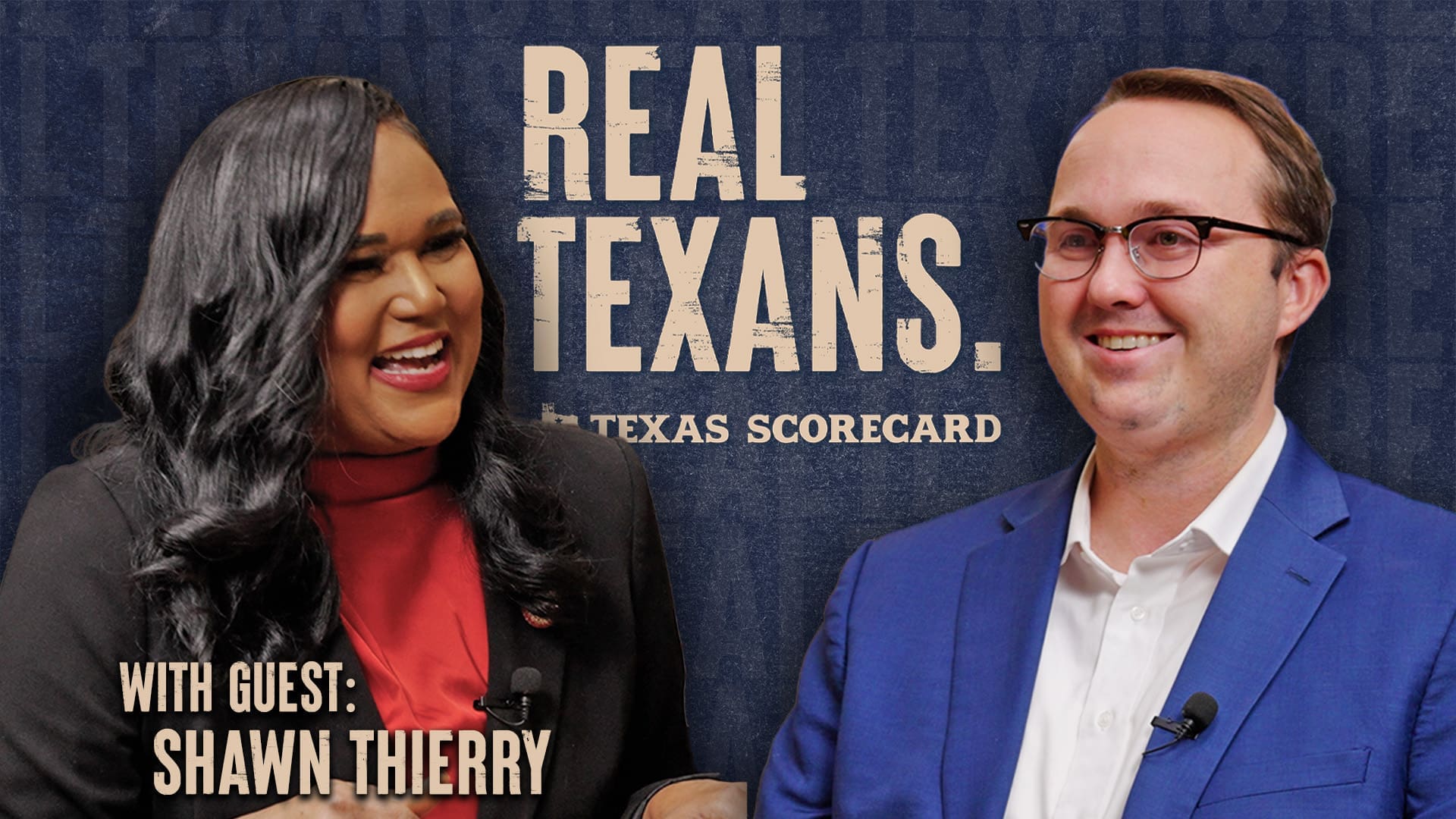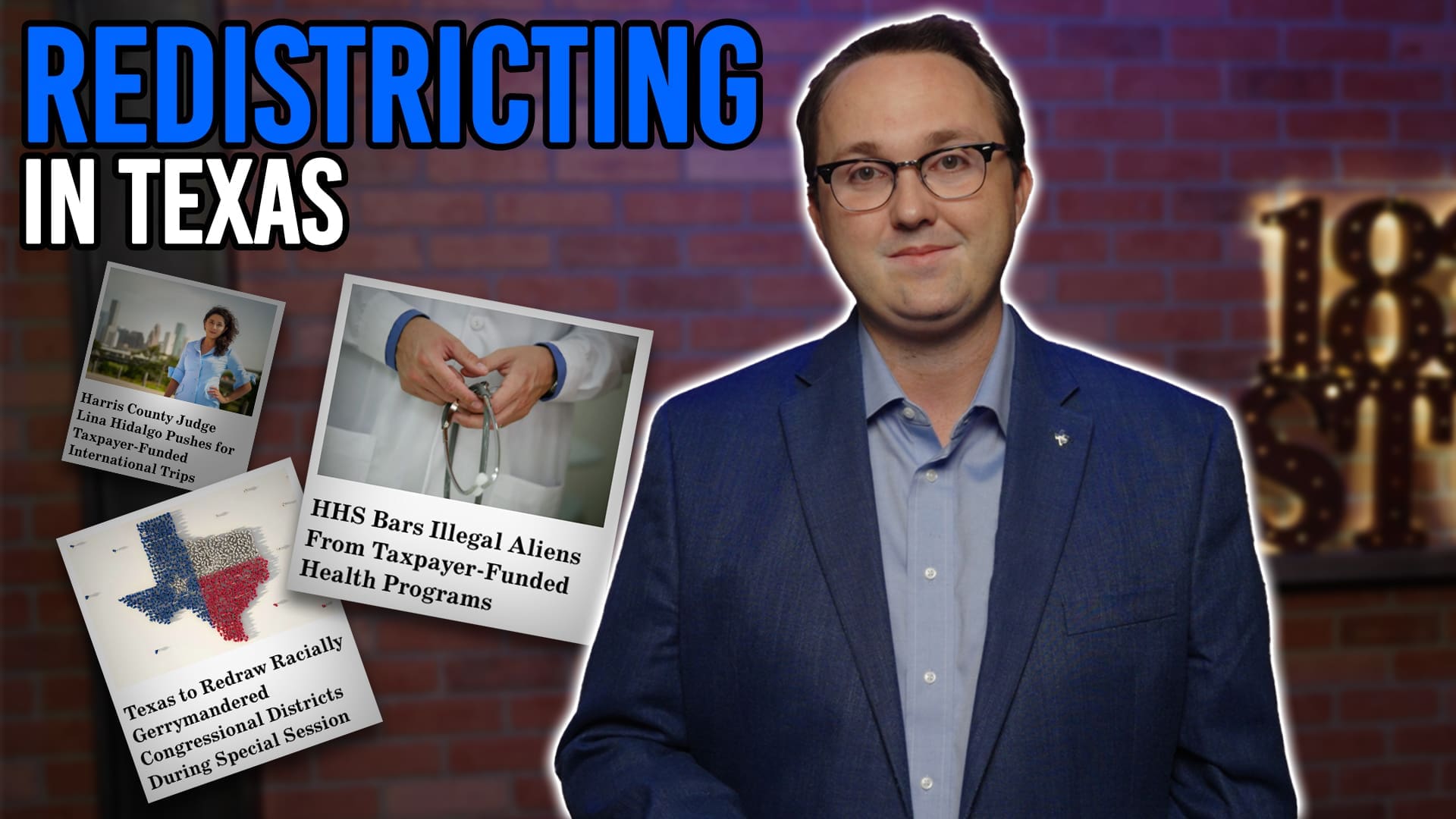Taxpayers could be on the hook for over $42 million to fund a major overhaul of the Midland Convention Center. City council members will tentatively vote on the issue July 12th.
The proposal before the council would direct at least $42.3 million from revenues generated by the Hotel Occupancy Tax (HOT).
City officials in favor of the project argue that the facility needs major updating. According to the Chamber of Commerce, the Midland Center turns away approximately four events a year due to inadequate space. In addition, the basement is prone to flooding which drives up maintenance costs.
Critics, on the other hand, are concerned with the timing and price of the project, given the consistent decline in HOT revenue since the economic downturn began in 2014. Just in the past twelve months, revenue has dropped by an average of 35 percent per quarter compared to the previous year and shows no signs of recovering anytime soon.
Despite those economic and fiscal concerns, a majority of council members have already expressed their support for the project. They should not ignore such concerns so quickly.
In Texas, local elected officials will often justify large projects, such as convention centers and sports stadiums, by claiming that local taxpayers aren’t funding the construction costs but rather visitors are, via hotel taxes. This is due to the limitations placed on local HOT revenue by the state, restricting funds to be used on tourism-promoting projects only (i.e. convention centers, sports stadiums, billboards). The thinking behind this is the belief that projects built using HOT dollars will attract tourists to the area, and in turn, pump additional sales tax revenue into the local economy. The reasoning sounds good, but studies show the promise doesn’t always deliver on its premise – particularly in towns like Midland.
As previously reported by Empower Texans, oil and gas dependent towns in areas such as the Permian Basin should credit a large majority of their HOT revenue to local businesses, not tourists, due to the ratio of business travelers versus those visiting for leisure. Midland’s economy and, subsequently, Midland’s hotel industry is driven by the oil and gas industry (this can be seen in the inverse relationship between commodity prices and hotel vacancies). However, you’ll often hear local elected officials justifying new HOT-funded projects by claiming that the cost burden falls on visitors, when in fact it falls on the local companies or their vendors.
In city council’s defense, it is likely that the community would enjoy a bigger, updated convention center. But it’s vital that if and when the city’s elected officials decide to move forward with it, the reality of who truly utilizes the center and who is paying for it be reflected throughout the decision-making process. This means building something that is going to cater to the local organizations that primarily use it – not tourists – and building something that can operate within its means even during an economic downturn.
Texas cities and counties are given the option of whether or not to levy hotel occupancy taxes. With Midland’s lack of tourism and the burden HOT places on its businesses, it seems to be something the city could certainly do without. In the meantime, that places even more pressure on city officials to use the HOT revenue they are collecting wisely and with Midlanders’ interests in mind.
As Midland’s City Council faces a $42.3 million dollar decision in July, it’s important to consider all options and base those decisions on reality. Build something Midlanders are truly proud of at a price that makes sense, or drastically lower – if not abolish – the hotel occupancy tax.




